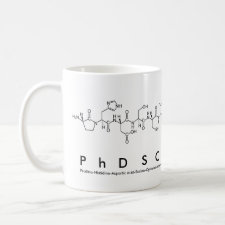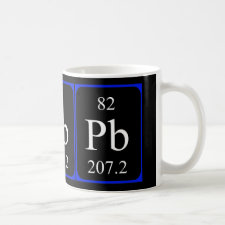
Authors: Jing YJ, Yin NN, Yu XQ
Article Title: Pb(II)-imprinted chitosan beads to enhance the adsorption property and selectivity: characterization, kinetics, and thermodynamics.
Publication date: 2016
Journal: Desalination and Water Treatment
Volume: 57
Issue: (32)
Page numbers: 15073-15082.
DOI: 10.1080/19443994.2015.1069219
Abstract: An effective and selective ion-imprinted biosorbent was prepared from chitosan, using Pb(II) ions as templates and ethylene glycol diglycidyl ether as the crosslinker. The resultant Pb(II)-imprinted chitosan beads (Pb-ICB) were characterized by Fourier transform infrared spectroscopy, scanning electron microscopy, X-ray diffraction, and thermogravimetric analysis. The adsorption property and selectivity of Pb-ICB were evaluated for the adsorption of Pb(II). The results showed that Pb-ICB had more cavities, but lower crystallinity and thermal stability than non-imprinted chitosan beads (NICB). Much higher adsorption capacity in the single metal system and better selectivity in the binary metal system for the adsorption Pb(II) were achieved with Pb-ICB than NICB. The maximum adsorption capacity of Pb(II) on Pb-ICB reached 177.62 mg/g. The kinetic and isothermal analyzes showed that the adsorption process of Pb(II) onto Pb-ICB well-fitted pseudo-second-order kinetic and Langmuir isotherm models. The thermodynamic analysis revealed that the adsorption of Pb(II) onto Pb-ICB was a spontaneous and endothermic process. Furthermore, Pb-ICB showed good reusability within five cycles of adsorption-desorption
Template and target information: lead ion, Pb(II)
Author keywords: Ion-imprinting, adsorption, kinetics, thermodynamics, selectivity



Join the Society for Molecular Imprinting

New items RSS feed
Sign-up for e-mail updates:
Choose between receiving an occasional newsletter or more frequent e-mail alerts.
Click here to go to the sign-up page.
Is your name elemental or peptidic? Enter your name and find out by clicking either of the buttons below!
Other products you may like:
 MIPdatabase
MIPdatabase









